Don’t know how to do a bottom turn in surfing? You might find this article very beneficial. In truth, only experienced surfers can execute the bottom turn mean; hence, you are more likely a beginner.
Surfing is a sport with several maneuvers, tricks, and skills. First off, the bottom turn is the art of digging the surfboard’s rail into the wave. This move is considered vital for excellent performance and some skills (e.g., barreling) in surfing.
This article discusses how to perform bottom turns and some essential tips for better execution. Let’s get started.
Table of Contents
The Types and Levels of Bottom Turns
The bottom turn comes in two types that have a similar execution process. It is either a forehand or backhand bottom turn.
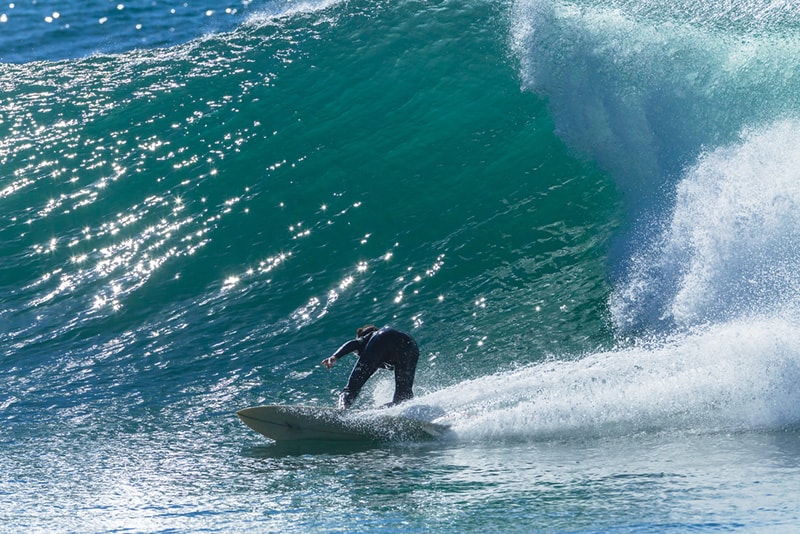
The forehand version is when the surfer’s chest faces the wave when making the turn. In the backhand bottom turn, the surfer’s back faces the wave while turning.
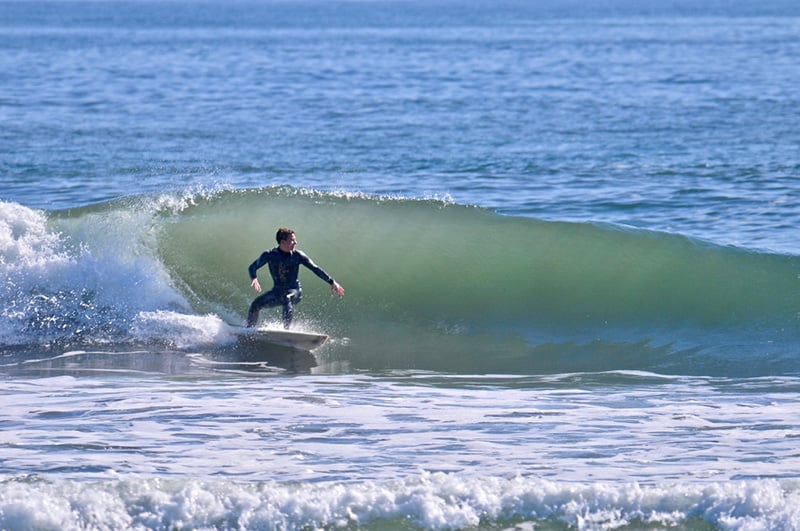
In terms of levels, there are minor and major bottom turns. The minor level is ideal for maneuvering across the wave’s face diagonally. It is mainly used on less intense waves and for cutbacks, roundhouses, and top turns.
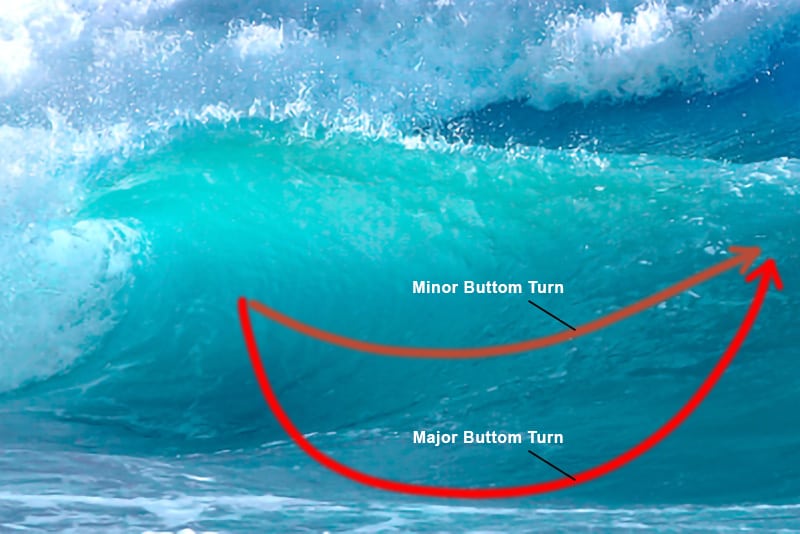
Experienced surfers use the major level for advanced skills such as fins out and vertical snaps. It involves turning at the very bottom of the wave to ride directly and more vertically to the peak of the breaking wave.
5 Steps to Execute Better Bottom Turns
The bottom turn is a principal technique in surfing used as a guide for every other move while eyeing a cranking wave lip. While beginners surf a wave directly towards the beach, an experienced individual would trim a wave down the line.
If a bottom turn is executed correctly, you have sufficiently added more experience as a surfer. A bottom turn might look confusing at first. However, the following steps should give you the needed knowledge to execute properly.
Step 1: Set Your Position and Speed
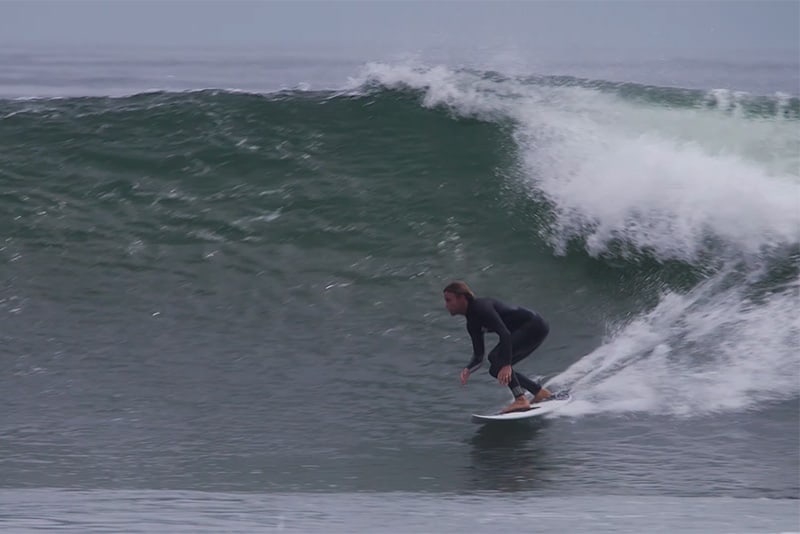
Aim to launch your surfing at the initial breaking part of the wave. Another good spot to initiate a bottom turn is the area close to the already breaking part of the selected wave. You want to maintain a good speed for a smooth bottom turn; these spots are the best.
Step 2: Keep a Low Stance
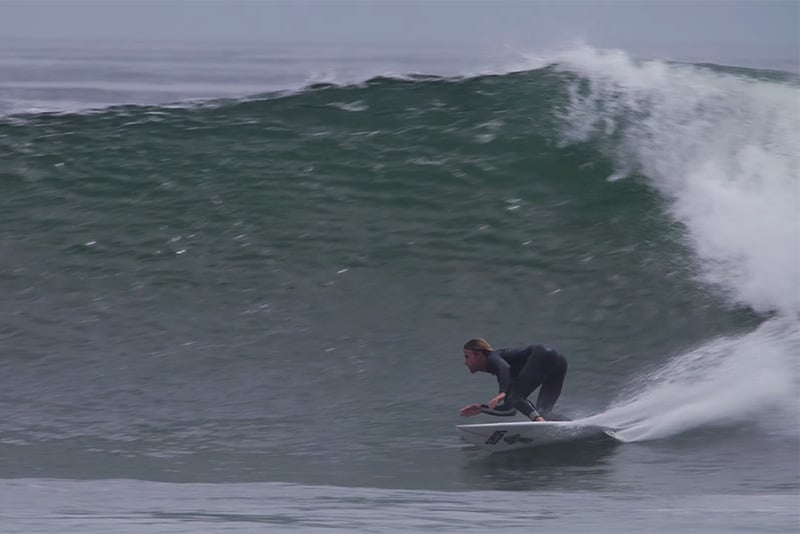
Once you have positioned yourself, a low stance is essential to keep you on the board. It is easy to lose control over the surfboard, get off balance, and wipe out. Therefore, compress yourself and keep a low center of gravity.
Step 3: Dig the Rails
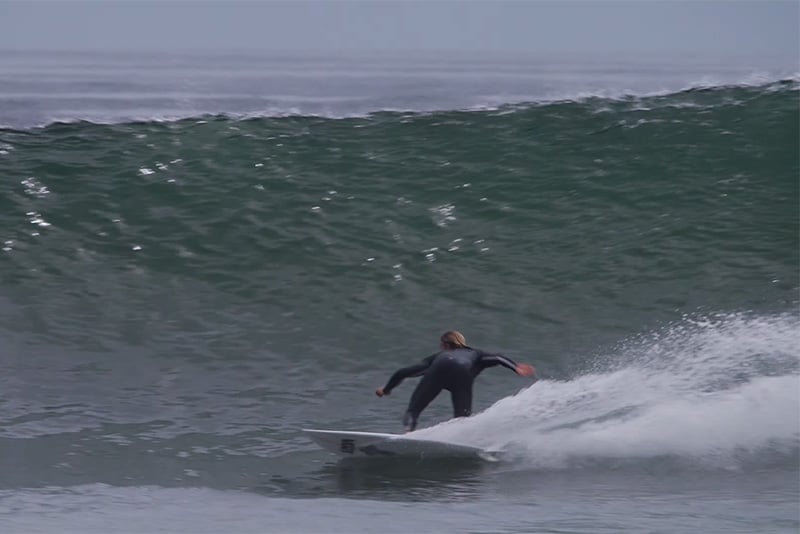
This step is the most critical aspect of executing a beautiful turn and requires consistent practice. If the first two steps were followed appropriately, you would have gained enough speed while retaining your balance and taking off at the wave’s crest.
The back knee must be slightly tucked inside and crouch even lower to initiate your bottom turn. At this stage, your weight is equally shared on both feet. You should be facing the direction you want to surf on the wave.
For an efficient bottom turn, digging the inside rail of your surfboard is very essential. If you are surfing to the right, the inside rail of the surfboard (right rail) should dig deep in the water.
Simultaneously, the outside rail (left rail) must stay out of the water. If your direction is to the left, the left rail should dig deep instead.
You should be gaining more speed as you surf down to the wave inside the surfboard’s rail. This is due to the wave’s force constantly pushing the surfboard’s bottom.
A quality bottom turn will drive you towards the upper section of the wave faster as against going down. Make good use of your body by shifting your weight and staying compressed as possible.
Step 4: Apply Pressure on the Surfboard’s Tail
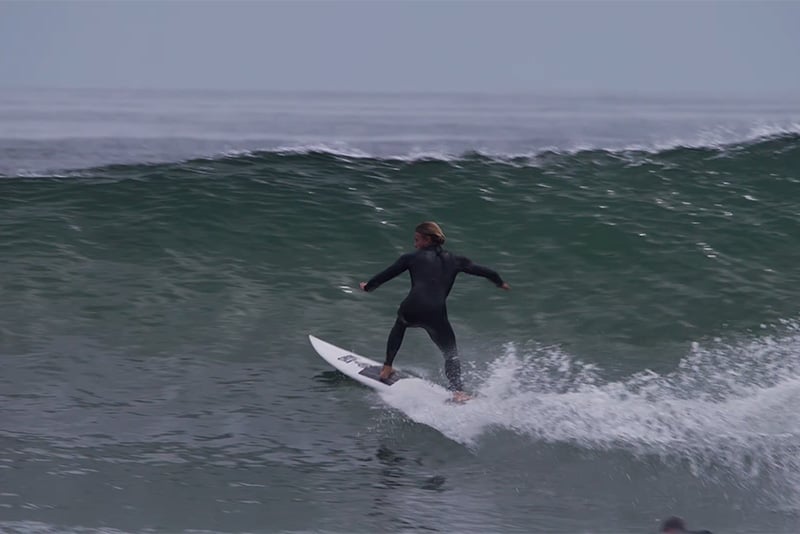
The key to remaining on the water is to apply pressure on the surfboard’s tail while rotating your body accordingly. Once you initiate the move up the wave, put more pressure on the surfboard’s bottom with your back foot.
Meanwhile, rotate your body by turning your chest and hips. This move will transfer your surfing into a more advanced, faster, and sharper upward maneuver towards the wave’s peak.
As a less experienced surfer, you must learn to apply sufficient weight on the back foot. Also, you must ensure proper body rotation, employing your shoulders shape by turning them in your direction.
This move also applies to the backhand bottom turn. However, you have to lean backward since you are backing the wave. You also have to look over your shoulder of the leading arm to observe the wave.
Step 5: Adjust Yourself and Maneuver When Necessary
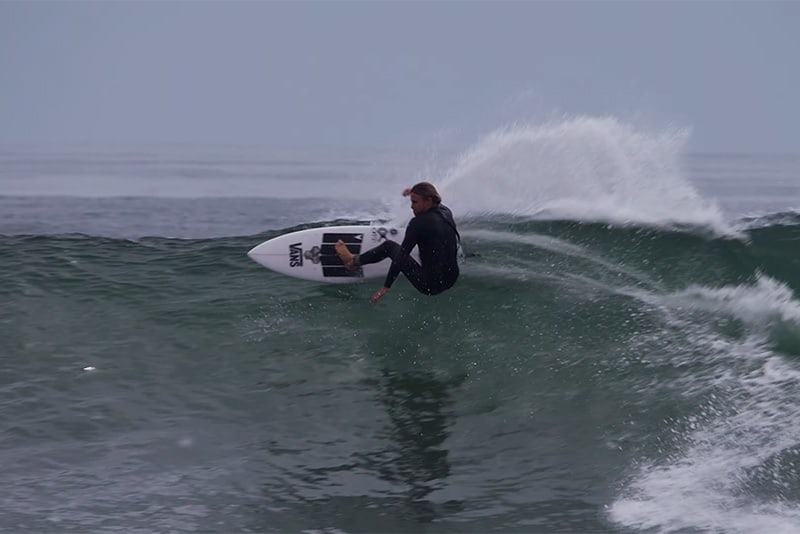
As you climb up the wave’s face, slightly adjust your body posture to a straighter chest position while straightening your knees slightly.
Maneuver towards the part of the wave you want to turn while twisting your body. Also, always keep your eyes on the wave section you want to surf with your turn.
For a major backhand bottom turn, square your shoulders to your surfing direction. In other words, apply a full-body rotation such that your arm and shoulder points to the wave’s peak.
Check out the video below to learn more about How to bottom turn with Patrick Gudauskas:
Tips to Follow When Executing a Bottom Turn
You can make an impression among experienced surfers if you get it right consistently. To increase your chances of completing a bottom turn successfully, you should consider the following tips.
- The bottom turn is your escape key if a large wave follows you.
- The bottom turn power is initiated only when you’ve gotten to the flats (no waves). Some surfers prefer to feel the wave and dig the interior hand into it.
- Don’t tilt your body forward excessively while surfing with your frontside to avoid wiping out.
- Remember that an outstanding bottom turn can only be successful with an efficient rail-to-rail game in the wall section (precisely on the curl) or the advancing area.
- Don’t be too eager to jump into the take-off. Time your take off late; this will help you increase your speed.
- Apply excellent waxing with a quality surf wax and use traction pads to reduce wipeouts.
FAQs
Do you have questions about bottom turn and how to execute it properly? Below are some frequently asked questions you might find beneficial.
Why Is a Surfing Bottom Turn Important?
All surfing moves literally begin and end with acquiring the bottom turn trick. If properly executed, it will boost all areas of your surfing. It is a guide to every other move you will perform as it allows you to ride across the wave.
What Is Carving in Surfing?
Carving is a common term in surfing. It is the process of turning sharply. Carving is done by putting pressure on the back foot and raising the surfboard’s nose. It is easy to perform with an appropriate fin configuration and rail-rail control.
Conclusion
The bottom turn move is trendy in surfing. If you are not doing it, you are either a beginner or too afraid to try. The steps involved are not very complex, provided you understand them and practice consistently.
I want to assume that you now know how to do a bottom turn in surfing. You can provide other surfers an opportunity to learn too. Kindly select any social media buttons below to share the article with them.
Do you have contributions or ask questions regarding bottom turns or the article? Please get in touch with me through the comment section on this page.
